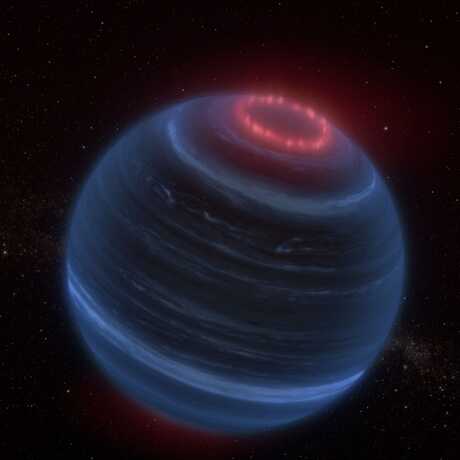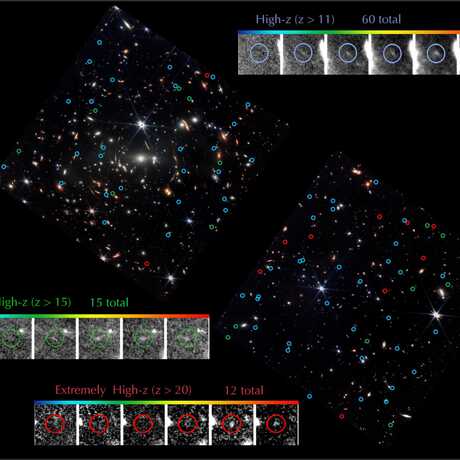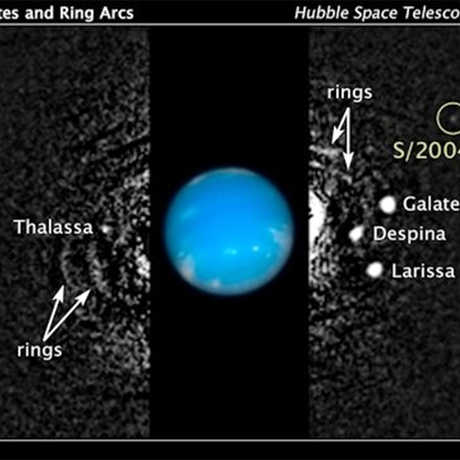We're open daily! View holiday hours
Featured Articles
Brown dwarf W1935 exhibits signs of glowing methane—possibly caused by aurorae!
Cassiopeia A is one astronomical object that looks exactly like what it is—a star that exploded 350 years ago!
JWST launches the first day of astronomy’s big meeting with news about science, technology, and galaxies!
The connection between disks and planet formation continues to expand as astronomers view them in new detail.
Space gold is even rarer than Earth gold, which makes the precious metal special—on our planet and in the Universe at large.
We still have so much to learn about our closest planetary neighbors.
A specific type of planet has proven elusive: a planet orbiting at a considerable distance from its parent star.
The newest cosmic mystery: four distinct high-energy flashes! (Is the Universe trying to get our attention?) Astronomers are calling them Fast Radio Bursts, but we have yet to determine their origins.
Scientists proposed the existence of a space wind surrounding Earth about 20 years ago, but direct detection has eluded scientists until now.
Asteroid 2013 MZ5 joined the ranks of asteroids and comets whose orbits pass near Earth. On an astronomical scale, “near” means within 28 million miles...
We thought Voyager 1, our farthest spacecraft, had arrived at edge of the heliosphere, but there is something fishy about Voyager 1’s new data.
The Interface Region Imaging Spectrograph (IRIS) spacecraft launches on June 27th to study how the sun's corona gets so hot.
What does it mean when we confirm that Andromeda is host to a “black hole bonanza”?













